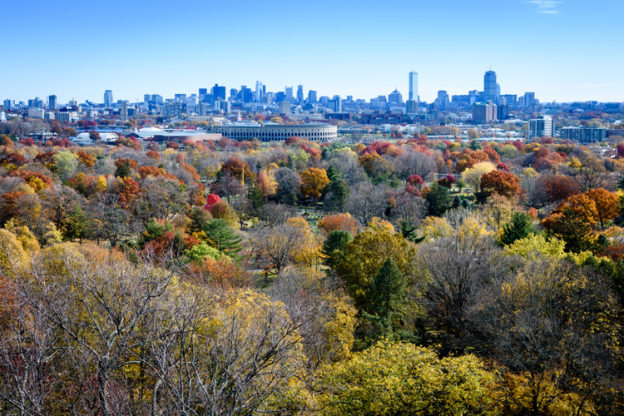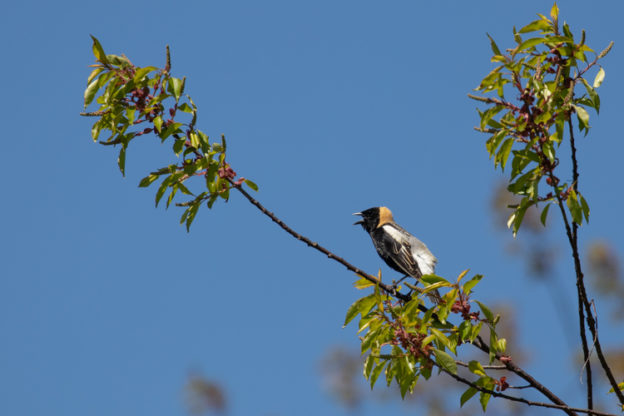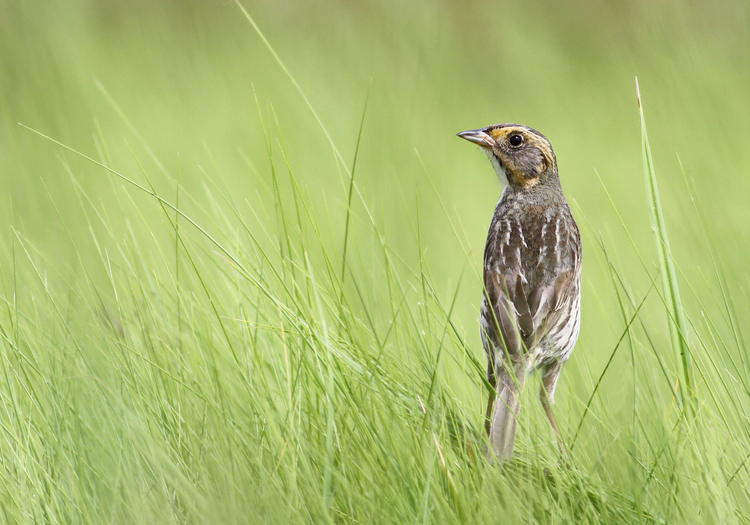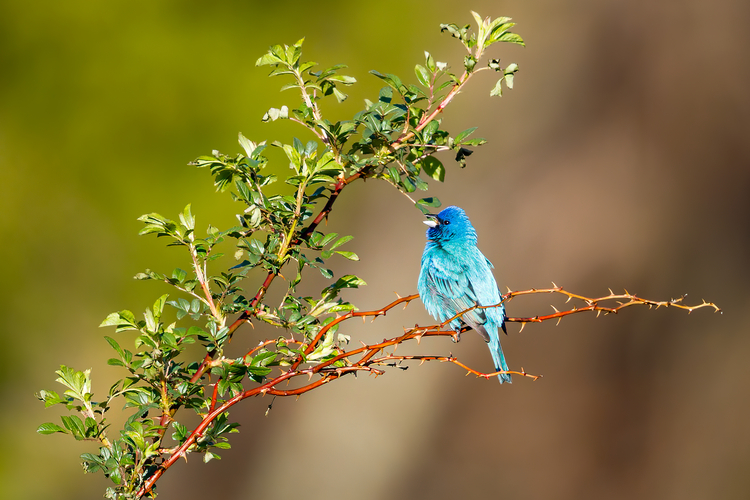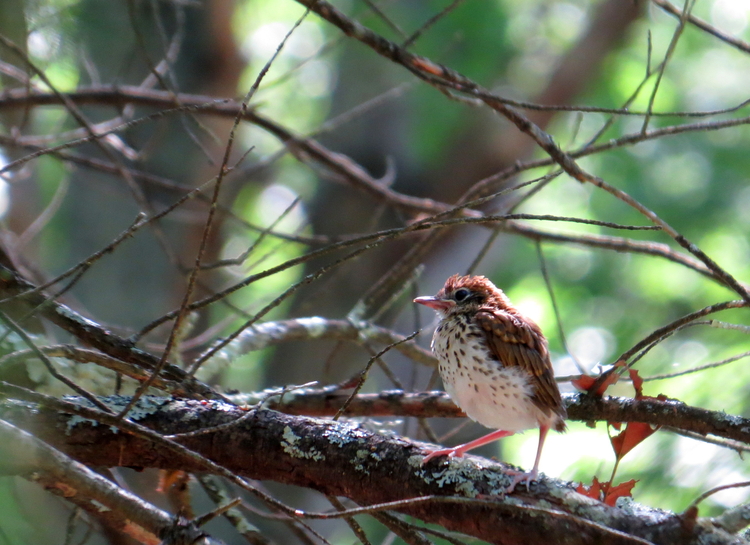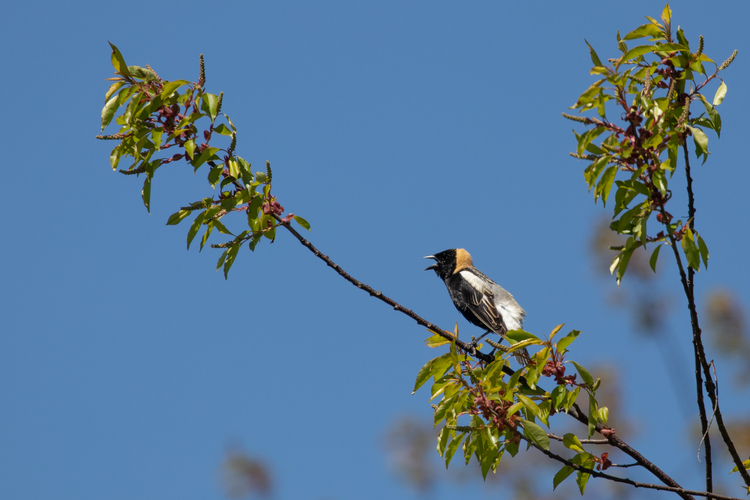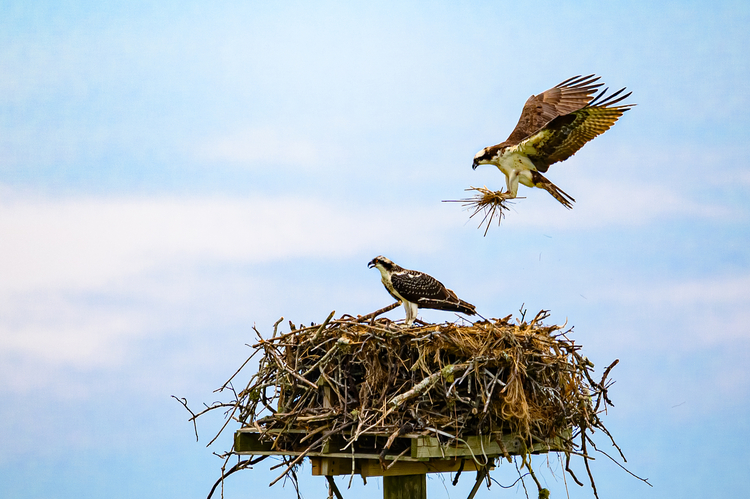In the mix of a bustling city lined with buildings and people, it can be a welcome sight to see the blossoming branches of a tree in a local park or along a sidewalk. These trees are a bit different from the ones populating a more rural forest and face unique challenges. Mass Audubon’s first urban ecologist, Erica Holm, shares some of the thoughts and considerations that play into urban forestry.
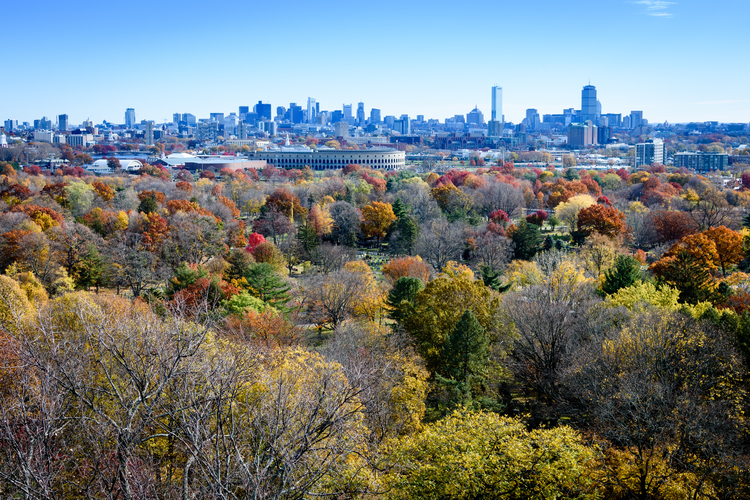
Not Just Branches and Trunks
Forget Spiderman and Superman: trees are the superheroes of concrete jungles, benefitting public health by storing carbon, absorbing and filtering stormwater, improving air and soil quality, preventing erosion, and adding biodiversity and wildlife habitat to our neighborhoods.
Urban forests also keep cities cool. Many populated areas, often environmental justice neighborhoods, experience the urban heat island effect, a phenomenon where temperatures are significantly higher than in less-populated natural landscapes. These higher temperatures can have significant implications for public health and the lives of local residents.
Role of an Urban Ecologist
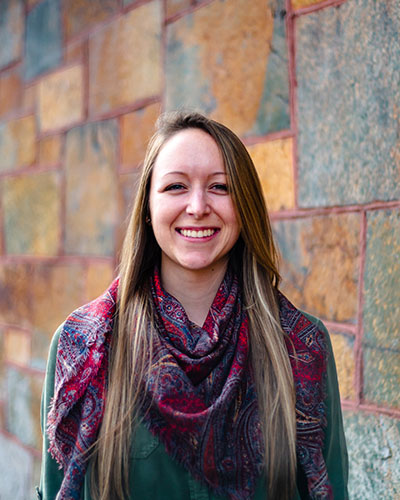
Before each new urban tree is planted, there are numerous factors that an ecologist needs to consider.
What species is the tree, or what tree species would do best given specific site conditions? How tall will the tree get? Will it interfere with any existing infrastructure? Will pollen, seeds, or deciduous leaves be produced? Who will revisit the tree to water it during the establishment period (3-5 years after planting), and ensure its maintenance in other ways?
“Urban forestry is a hard field,” said Holm. “We can’t just plant a tree and walk away, expecting it to survive. We are asking urban trees to live in some of the most challenging conditions possible–unnatural levels of de-icing salt from roads and other pollutants, infrastructure barriers to growth, areas where storm damage needs to be monitored and cleaned up due to public safety, and a lack of natural plant communities and hydrologic function.”
It’s also not just about planting new trees. Preserving existing trees is just as important. Trees on whole have much longer, slower lifespans than humans. Both new and old trees play a part in the city’s future in terms of ecology and resilience.
Supporting Your Trees
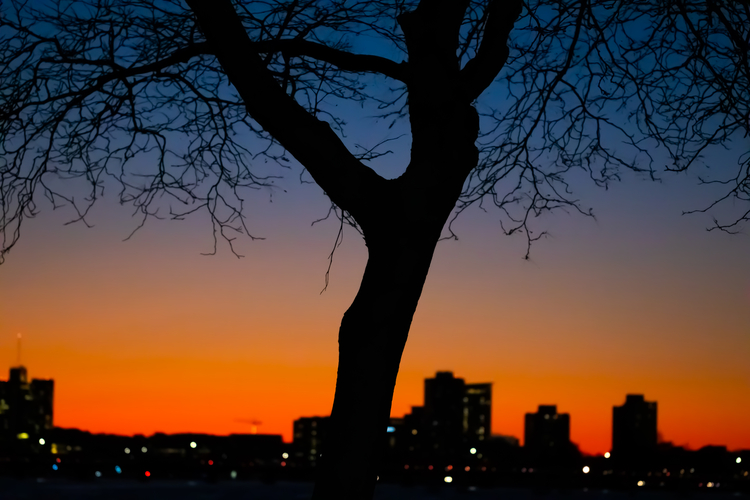
There are actions you can take right now to protect urban green spaces. If you want to plant a tree, first ask your local certified arborist or tree warden well in advance (at least one growing season) of when you want to plant, or get involved with the Department of Conservation and Recreation (DCR) Urban and Community Forestry Program. You can also volunteer at one of Mass Audubon’s wildlife sanctuaries to plant not just trees, but also pollinator plants and shrubs.
Learn more about Mass Audubon’s commitment to growing urban greenspaces in our Action Agenda or donate to help support our efforts.


